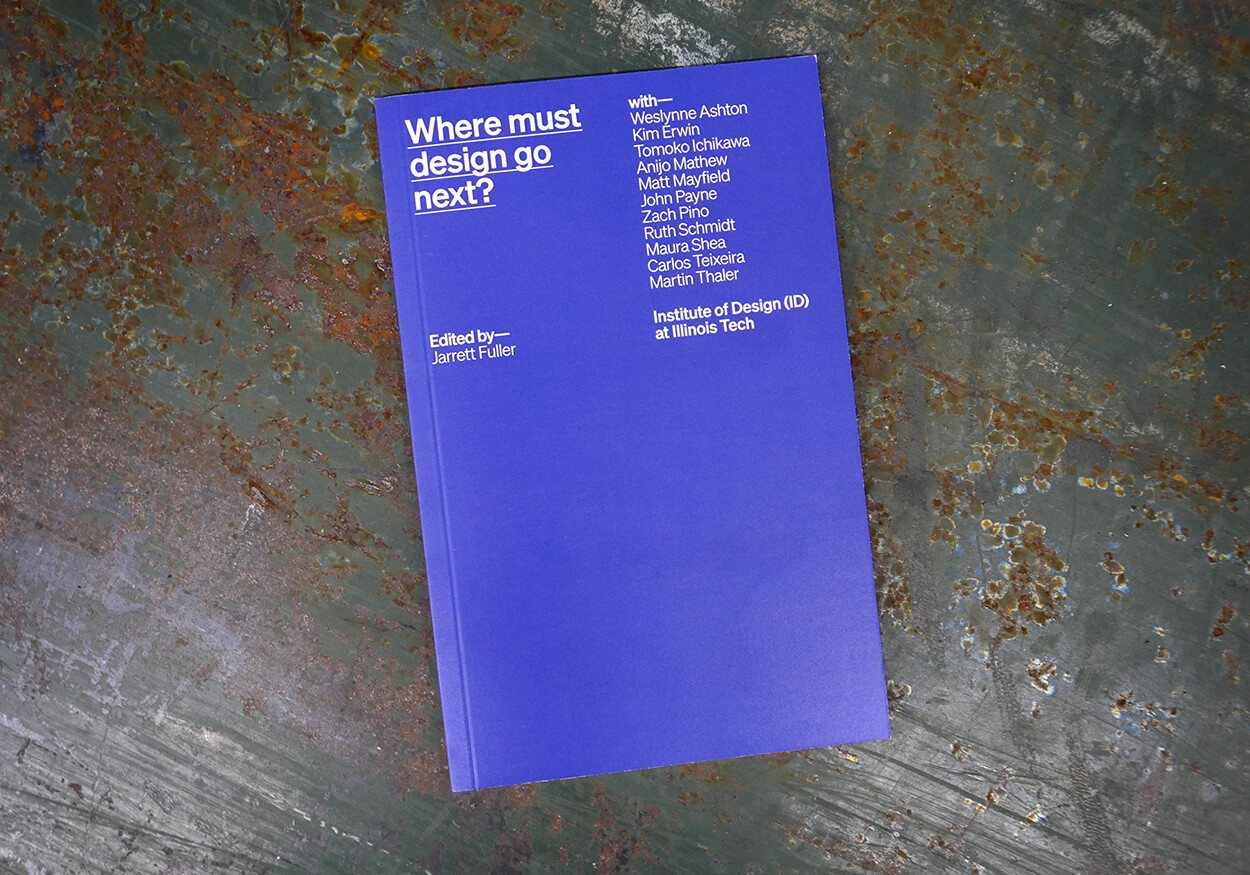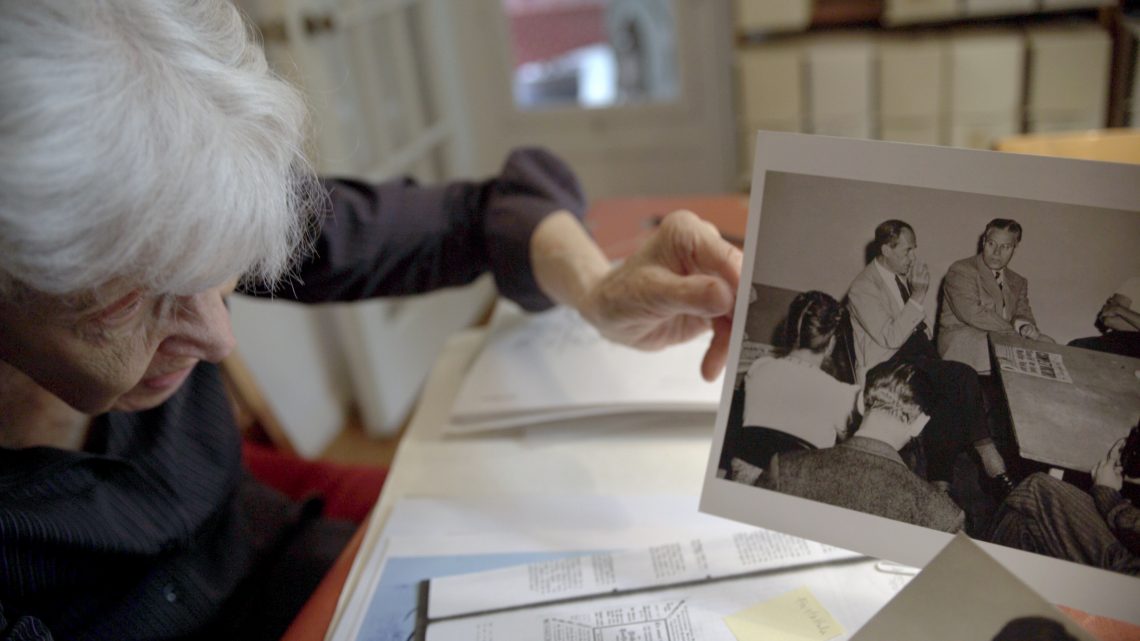The New Bauhaus
Forming a New Bauhaus
The American descendant of the German Bauhaus, the Institute of Design at Illinois Tech was founded as The New Bauhaus in 1937 by Bauhaus master László Moholy-Nagy.
The Bauhaus had a revolutionary agenda: to create a new aesthetic appropriate for a modern industrial society. The school integrated disciplines, looked at design holistically, and sought to use technology to improve lives. These approaches—as well as Moholy’s approach to critique and his focus on experimentation—are still present at ID today.
Explore the history of The New Bauhaus and how ID has pioneered design and innovation through the eras.
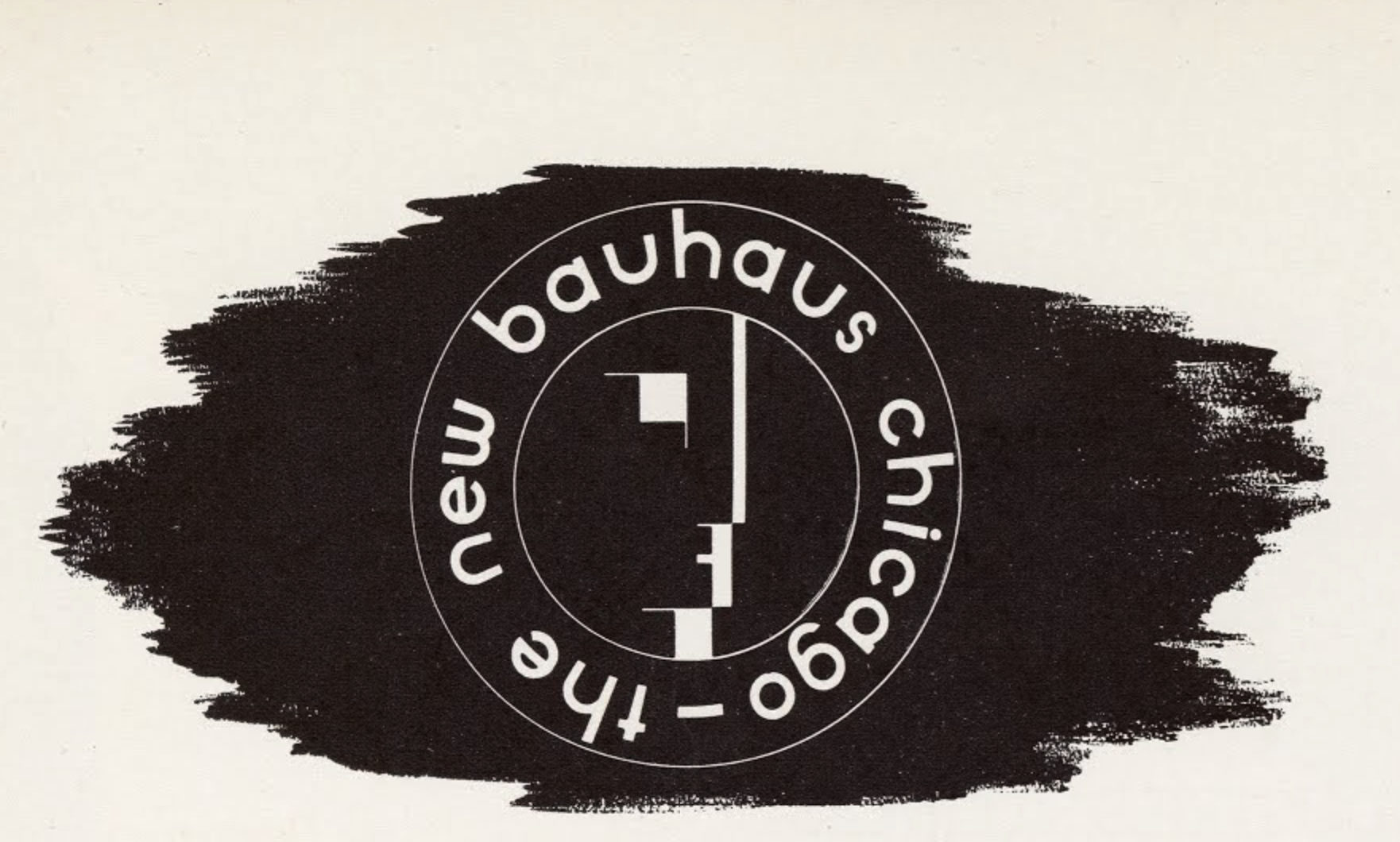
The New Bauhaus logo
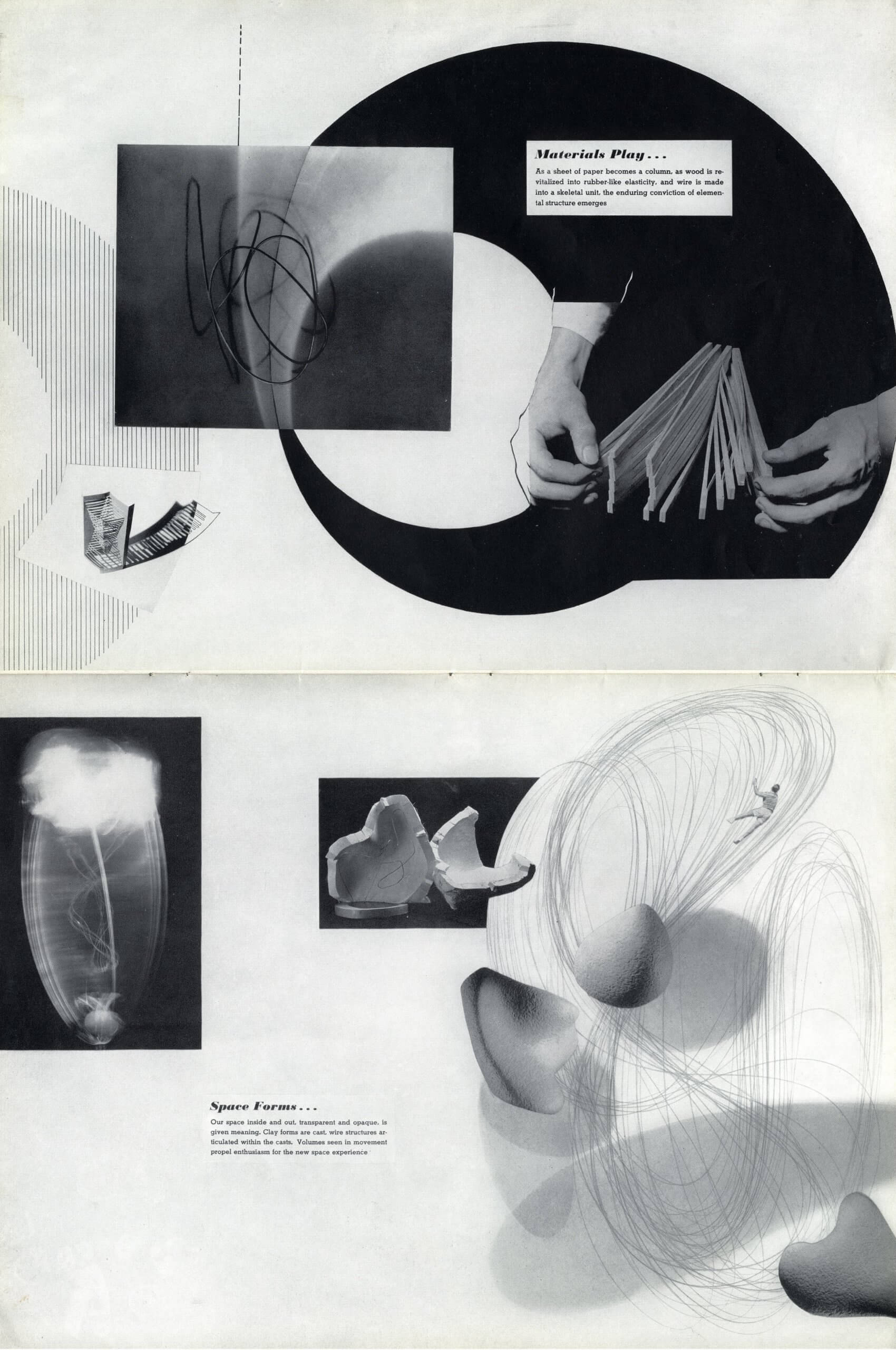
Era 1: Experimentation
When László Moholy-Nagy founded The New Bauhaus, huge changes in communication and technology were disrupting daily life and creating uncertainty about the future, while presenting opportunities for new human experiences—much like today. Amidst all this change, ID invited students to look at design holistically and use technology to improve lives.
Early on, ID established itself as a leading school for photography as well as a home for transformative solutions. Buckminster Fuller taught at ID in the 1948–1949 academic year, guiding a class project on the geodesic dome, which pioneered innovations in energy conservation.
Many objects designed by ID students and alumni endure today on the strength of their original design—from the Honey Bear to the Dove soap bar.

Era 2: Systems
By 1955 ID had a new director, Jay Doblin, and a new focus, on functionalism. Usefulness emerged as design’s core aspiration. ID further integrated design with social sciences and discovered ways to leverage new technology: computers.
Notable products of this era include shelters based on Fuller’s geodesic dome, the ribbon chair and other groundbreaking furniture designs, an electric car, and kitchen innovations funded by Sunbeam. Under Aaron Siskind and Harry Callahan, ID continued to establish a modern and experimental approach to photography, with many key photography faculty around the country having connections to the institution, including Barbara Crane and Arthur Siegel.
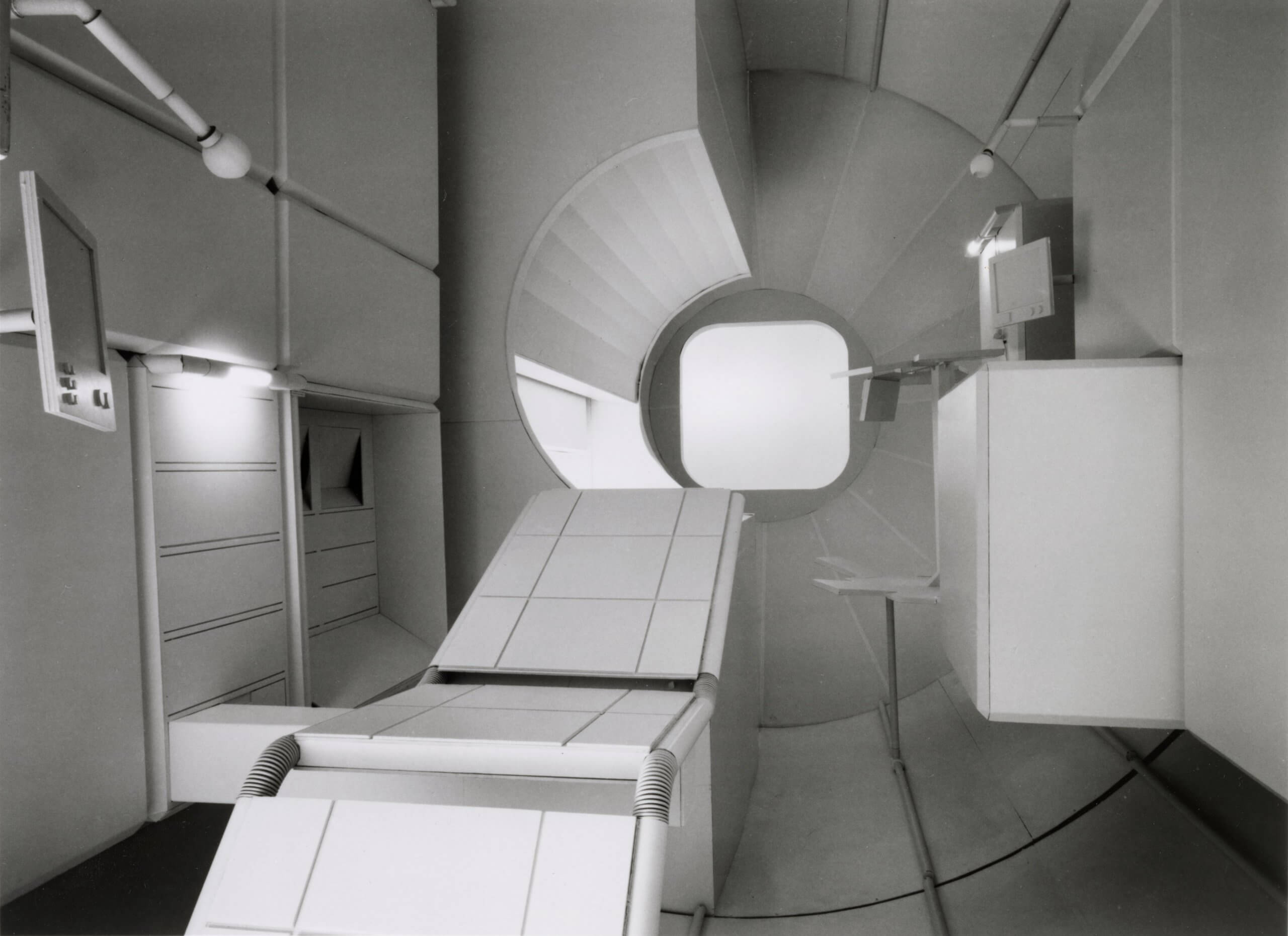
Era 3: Human-Centered Design
Under the leadership of Patrick Whitney, the school’s focus evolved to include a deeper understanding of people as central to the design process.
Students and faculty increasingly turned to issues of sustainability and equity, addressing housing with Aquatecture and the emerging climate crisis through Project Phoenix in 1988, both guided by Charles Owen. The House of the Future, designed by a team of twenty-four students, received the grand prize in the Japan Design Foundation’s first International Design Competition.
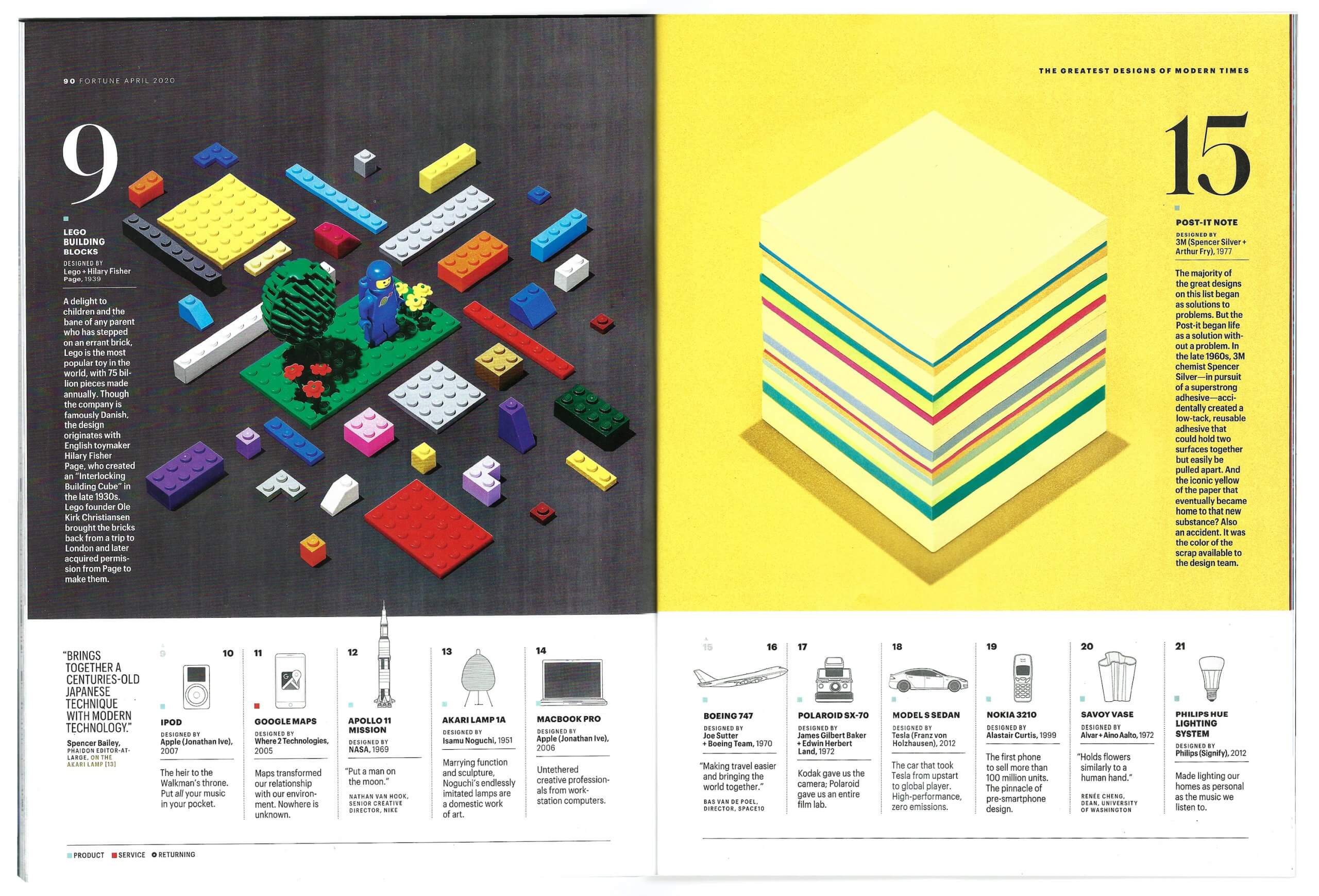
ID Today: Era in Process
As Moholy said eighty-five years ago, “The New Bauhaus is not simply a school for designers. It tries to be, too, the nucleus of a cultural community.” Our award-winning work proves that the best design derives from a community of shared ideas and expertise.
Today, ID’s leaders in human-centered design are extending our impact into domains such as healthcare, energy, and food systems. Our activities may look different than they did in 1937, but our commitment to using our constructive abilities to create better and more functional futures remains.

